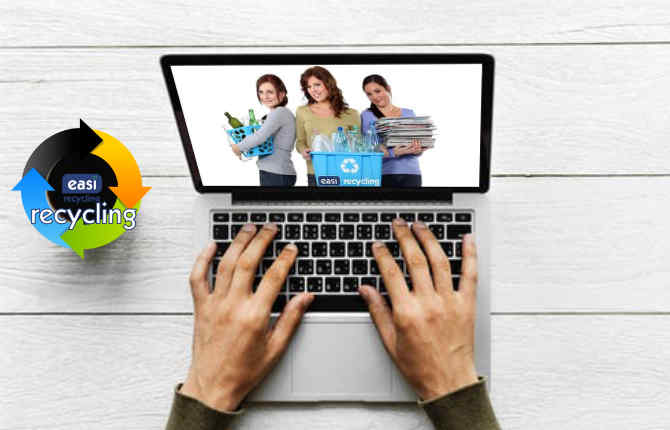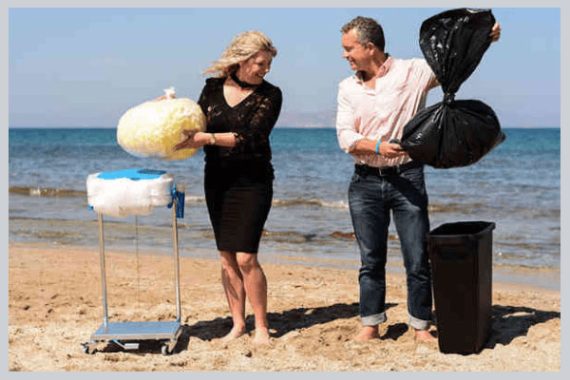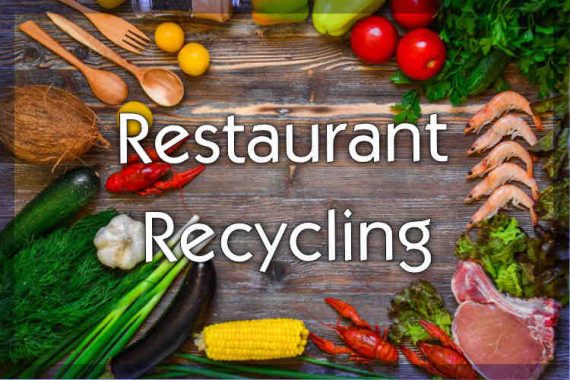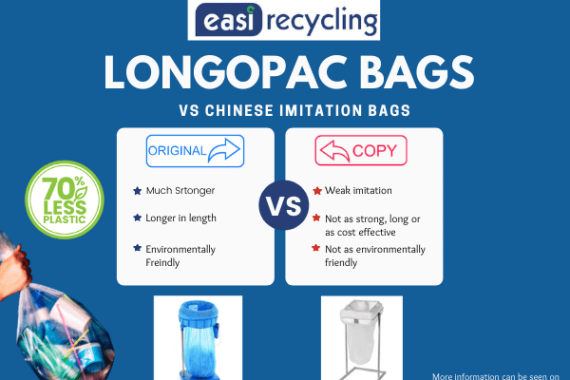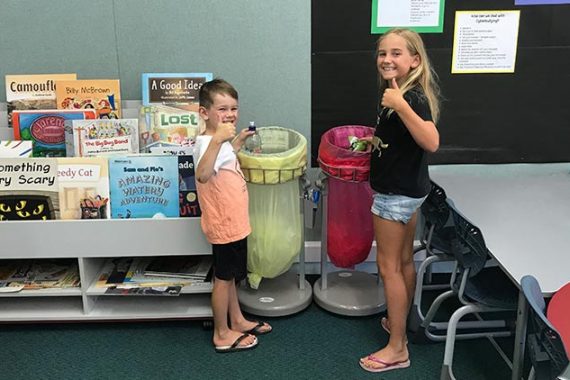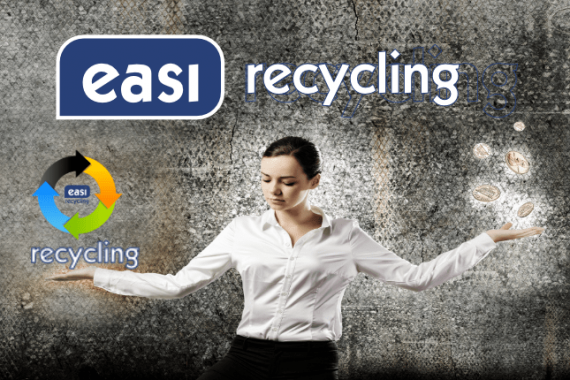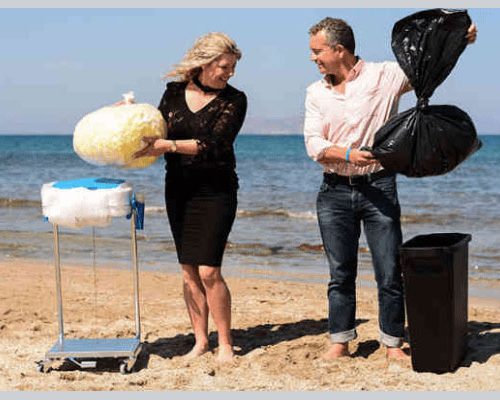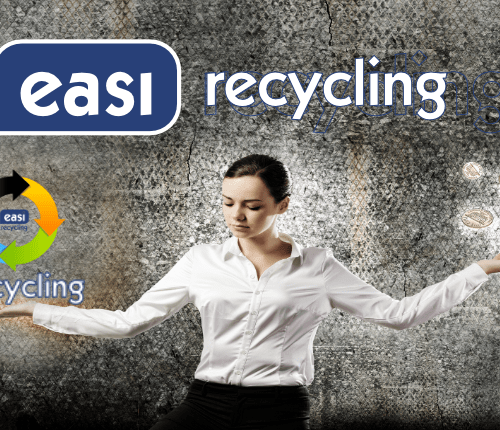Segregating Waste at Source
In New Zealand, a large area of concern is the amount of waste that we produce as a country. In fact, New Zealand generates approximately 50 million tonnes of waste each year – and only half of that is properly recycled.
Waste is polluting our rivers, lakes and oceans and it’s becoming a growing challenge to tackle. However, we can individually help solve the issue by increasing recycling and learning to become more efficient with the resources that we use. The first step towards increasing recycling and creating an efficient waste management system is by segregating waste at the source, in order to avoid cross-contamination and secondary sorting.
Mixing other types of materials within recycling containers causes a number of problems due to the fact that contamination reduces the quality of recycled plastic, glass and paper products. In order to stop this, waste management firms have to spend more time sorting improperly recycled waste, which increases sorting costs. More importantly, if the recycled materials are too heavily contaminated, they’re sent straight to landfill instead – so it really does matter which bin you choose to place your waste into.
Divide and Conquer
Food waste is the largest culprit for creating cross contamination. When we separate our waste, there’s a significant reduction of rubbish that gets sent to the landfill. Making sure your dry recyclable waste is kept separate from wet waste means that it will be disposed of more sustainably and is much more beneficial for our environment.
Segregating waste also makes the whole recycling process so much easier. When you separate waste properly, you’ll know exactly where and how to recycle it, which makes your business waste management much more straightforward.
The Waste Segregation Process

One of the simplest ways to separate your waste is to have colour-coded bins for different types of rubbish produced. This makes it easy to keep various types of waste apart and ensures it’s properly collated for the correct collector.
However, using different coloured bins isn’t always enough. If you have a black bin bag, it makes identification almost impossible once that bag leaves the colour-coded bin.
Our unique Longopac waste bagging system offers a simple solution. To allow visual management of your business waste by stream or department, we provide six different variations of bag colour. Learn more here.
What’s more, our endless bag technology means that you only ever throw the part of the bin liner that you’ve filled – which provides a much more environmentally friendly way to bag your business waste.
In addition to making waste segregation easier, our Longopac solution also means:
• You can reduce your bagged waste volume by 50%, reducing waste collection costs
• Strong 3 ply liners which mean there’s no need for double bagging and reduced spillage
• Variable sized bags are always completely full with no bag wastage
• Fast emptying which improves productivity and reduces downtime
• Improve the working environment with increased hygiene
Educating Employees
Along with adopting a multi waste solution, New Zealandn businesses can help to increase recycling further by educating their staff members on the importance of the correct disposal of waste. You can do this by:
A successful recycling scheme needs full support from every member of your staff and be led from the management. Remember, your employees will likely be more receptive to a waste management scheme that’s easy to use and convenient. For more great ideas on how to get your team on board, click here.
To learn how Easi Recycling can help your business with segregating waste or to find out more about our unique bagging system, contact us today on0800 342 3177 or click here.

